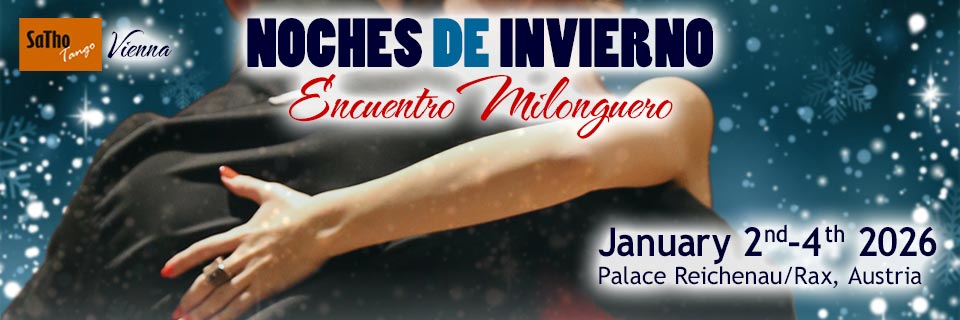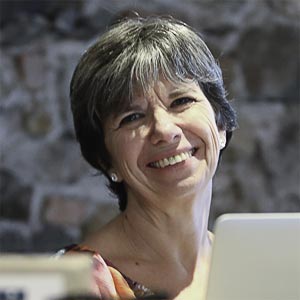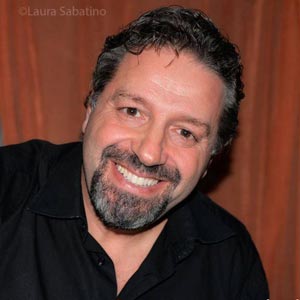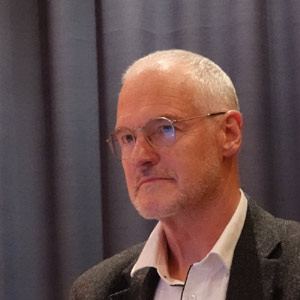Our Encuentro Milonguero DJs
DJ Fabiòla Loik (I)
Fabiòla´s unpretentious self description: “I simply try to offer traditional argentine tango nice to dance.”
She has DJed in many milongas in the North East of Italy, Slovenia and Austria and in international events like Experiencia Milonguera in Villa Giacomelli, Dans te Bras in Paris, Alpine Abrazo in Mallnitz, Caminata por el Lago on Balaton Lake and many others.
She lives, dances, loves and studies tango in Trieste.
DJ Hans Peter Salzer (D)
DJ-Salzer, alias Hans Peter Salzer, is an international Tango-DJ, living in Ravensburg, near Lake Constance. In this region he is DJ-ing since 1999 - meanwhile he also works for international events, like Milongas, Festivals, Tango-Balls and Encuentros.
From the beginning of his Tango-Life he has been delighted by the richness of melodies and the musical variety in the traditional tangos. His favourite tangos are going like an infective fluid into heart, brain and feet.
DJ Max Marzano (I)
Max Marzano is a very traditional Tango DJ and collector of original 78rpm’s. His backbone are especially D’Arienzo Shellacs from ’36-’39.
His style reflects his great passion for traditional tango, trying to convey the spirit of “Milongas Porteñas” every time.
He is an active Musicalizador, playing music regularly at some of the main Milongas in Rome, as well as all around Italy and abroad in Europe and in the world during Tango events, Festivals and Marathons. In 2014-2015 he organized the “Milonga Academia” in Rome where he was resident-DJ.
DJ Salima Barzanti (I)
It was by chance that Salima discovered the world of tango. The first time she approached a mixer was many years ago, at the milonga her school had held in the main square in the town centre of Conegliano (Treviso, Italy). From that moment, she has been completely involved in expanding her musical knowledge, always with the dancers’ beating hearts in mind.
Salima’s tango is traditional, yet never ordinary. She’s resident TDJ at “Blumilonga” in Conegliano since 2014. She regularly plays at events, encuentros and milongas in Italy and abroad.
Her motto is “First of all, energy on the dance floor!”
DJ Theo Chatzipetros (GR/I)
Theo plays traditional music from the late twenties to the late fifties with particular focus on the forties, aiming to create a rhythmic wave the dancers can enjoy. He is adapting the selected music attuned to the dancers mood.
He has been a member of the “Association Tangofirenze” based in Impruneta and he also is the co-founder of the “Raduno milonguero of Impruneta” where he was resident DJ between 2007 and 2014. He played at various milongas, encuentros, festivals and marathons in Austria, Italy, France, Germany, Greece, Hungary, Portugal, Romania, Slovenia, Spain, Turkey, UK and he gives Dj workshops and musicality stages.
Our WarmUp Milonga DJ
DJ Hans Leutscher (S)
Tango reminds me so often of classical music. Grand areas by Donazettti and Verdi confront the listener with moments of faith, the loss of a great love or mere death. But we find also joyful music in the classical repertoire, music that celebrates lust for life.
The tango music arrangers of old had a classical background, and lived in a world full of life folk music with songs that tell stories or were only made for dancing.
As DJ I would like the dancers to make a journey on the dancefloor. I see a milonga as a series of musical stories, each about 12 minutes long and connected (not separated!) by short cortinas.
The milonga should therefore have a well structured beginning and ending as well. And then it’s all over …..











